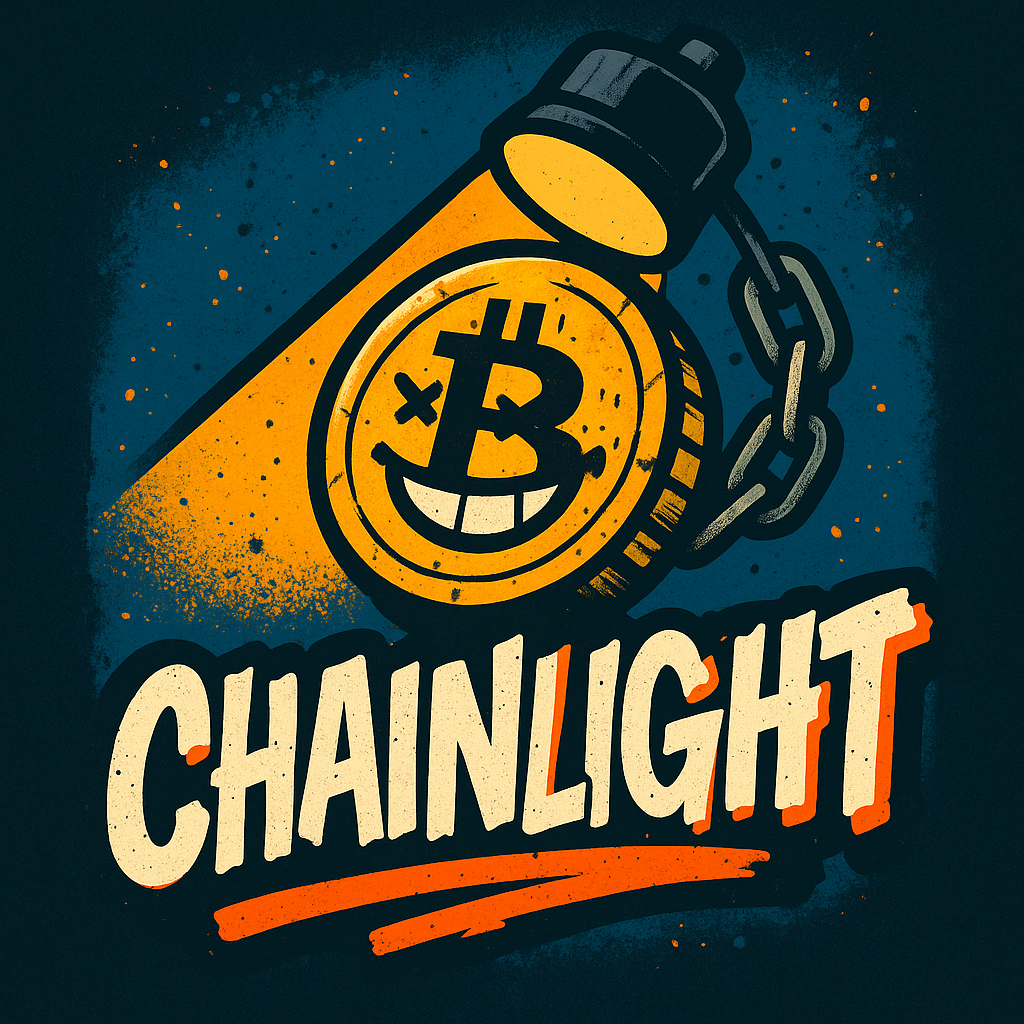Is BingX Safe? A Practical Security Review
From asset transparency and user‑protection funds to wallet architecture, compliance, and risk disclosures — here’s what matters.
Proof of ReservesShield FundCold Wallets >50%
Sign Up (use TRVEU6)
Verify UID on Telegram
🔐 Security Stack Overview
- Transparency: regular Merkle Tree Proof of Reserves (PoR) with at‑least‑1:1 backing and self‑verification.
- User Protection: a dedicated Shield Fund for platform‑side incidents.
- Wallet Architecture: multi‑layer design; >50% of user assets stored in offline cold wallets with hardware wallets and remote backups; hot wallets serve liquidity.
- Account Security: enable 2FA, withdrawal allow‑list, and login/withdrawal alerts.
Note: No exchange eliminates market or counterparty risks. Security controls reduce risk; they don’t guarantee principal.
📊 Proof of Reserves (PoR)
PoR uses a Merkle Tree so users can verify their snapshot leaf and review reserve ratios for major assets. Snapshots are published on a regular basis, with a policy of holding no less than 1:1 reserves for user assets.
🛡️ Shield Fund
The Shield Fund is a platform‑funded reserve intended to protect users in rare platform‑side incidents (e.g., technical or security events), with commitments to ongoing audits and transparency.
🏦 Wallet Tiers & Redundancy
- Cold Wallets: offline generation, hardware wallets, and remote backups; over half of user assets are stored in cold storage.
- Hot Wallets: used for day‑to‑day liquidity, protected by multi‑sig and monitoring.
- Operational Resilience: financial‑grade off‑site redundancy to mitigate single‑point failure.
⚖️ Compliance & Regional Differences
- Regional responsibility: availability varies; users must comply with local laws and terms of use.
- Registrations: BingX has publicly highlighted setting up a licensed crypto business in Lithuania and operating as an AUSTRAC‑registered DCE in Australia (AML/KYC registration rather than a securities license).
- KYC cases: fiat card purchases typically require KYC for security and compliance.
Compliance evolves quickly across jurisdictions. Check local rules and your own risk tolerance before using any exchange.
🧰 Personal Safety Checklist
- Enable 2FA (Google Authenticator / Authy) and keep backup codes safe.
- Turn on withdrawal allow‑list and security alerts.
- For large, long‑term holdings, prefer self‑custody; keep only working capital on exchanges.
- Apply strict risk limits: per‑trade size, stop‑loss, and total exposure caps.
📚 Further Reading
- BingX Register Guide (TRVEU6: 25% lifetime fee reduction)
- BingX Copy Trading Guide
- BingX vs Binance Fee Comparison
❓ FAQ
Does PoR mean zero risk?
No. PoR provides transparency and adequate reserves; it doesn’t eliminate market, operational, or regulatory risks.
Is the Shield Fund an insurance policy?
No. It’s a platform‑funded protection mechanism. Coverage and activation depend on official announcements.
Will I need KYC?
Depends on your region and actions (e.g., fiat card purchases usually require KYC).
Is BingX available in my country?
Availability varies. Review local regulations and the exchange’s terms before using.
🚀 Next Steps
If you start, first secure your account (2FA, allow‑list, alerts) and enforce risk limits. Use TRVEU6 to enjoy a 25% lifetime fee reduction.
